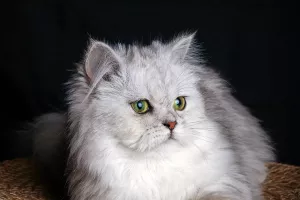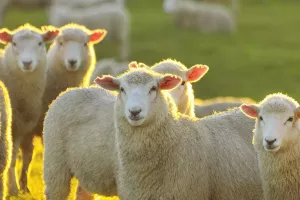Clownfish, also known as anemone fish, lives in tropical or subtropical waters such as the Pacific, Red Sea, southern Japan, and Australia. In recent years, clown fish has begun to appear as ornamental fish in people's homes. The clown fish is very small, and the largest individual is only about 11cm long.
When they were young, the scales were black and dotted with blue light; in adulthood, their bodies would become red, and they would have black and white stripes on their bodies. They ranked 11th in the ranking of the most lovely species in the world, which fully benefited from their bright appearance. But the bright appearance will bring danger to them in some cases, so their living environment has changed.
Clown fish lives in anemone, and they are symbiotic relationships with anemone, so clownfish are also called anemone fish. Clown fish uses venom secreted by anemone to help themselves resist the enemy. The clownfish body has special mucus on the surface, which can protect it safely in anemone. Because of the protection of anemone, the clown fish is exempted from other big fish attacks. At the same time, the food of anemone will also be shared with clown fish. Clown fish can also use anemone's tentacles to build nests with peace of mind.
There are many types of clown fish, which can be seen from their different patterns. The clown fish has red and white patterns, orange -red and white patterns, as well as black and white patterns. Anemone also has different types. Clown fish of different colors will find anemone similar to their own colors to settle.
Clown fish has a strong territorial awareness. Generally, after a clownfish couple enters anemone, other clown fish are not allowed to go in unless the anemone is particularly large. Usually a clownfish couple occupies an anemone and then stops other clowns from entering. If the anemone is particularly large, the clownfish will agree with some fish that is weaker than them to come in to live. Female clown fish holds the sovereignty of the family. Female clownfish often compress other clown fish to declare sovereignty.
The clown is loved because of its small appearance and cuteness. Many people now like to raise a few clown fish in the tank to add a bit of color, but the breeding of clown fish is not easy. We still need to master some tips.
To raise clown fish, first of all, you need to create a comfortable and warm environment for it. You can find a few stones to build a small cave with a natural barrier for it, while maintaining proper water circulation in the cave. Because the clown fish and anemone are coexisting, you'd better find a relatively large anemone and place it at the entrance to protect the clown fish.
Clown fish's requirements for food are not harsh. The foods for clowns are relatively simple, and the shrimp or other omnivorous feeds can be used as its food. But it should be noted that within two months before the clown fish was born, we need to add some natural astaxanthin
to its food.
You need to ensure the light and water in the fish tank. Before the clowns are adult, the light must be sufficient. During this period, the clown fish grows very fast. If the light is insufficient, it will affect the color and growth of the clown fish. The clown fish will snuggle in the tentacles of anemone at night, so the water flow at night should be smaller to avoid affecting the growth of the fish.


